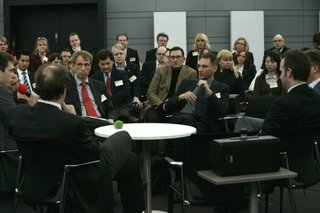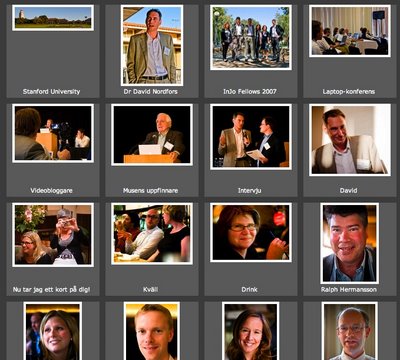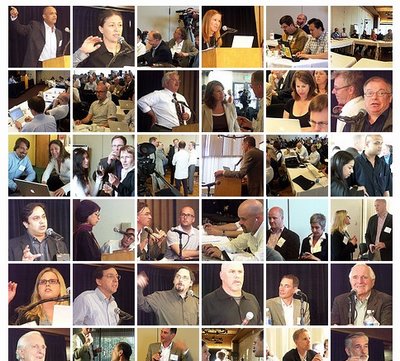
BASF, the largest chemical company in the world, recently put a spotlight on innovation communication.
On 9 Jan 130 BASF communication managers from around the world convened with their Senior VP communications, Dr Felix Gress, at the corporate headquarters in Ludwigshafen ( program
here . Speakers presentation
here).
The event was organized with assistance from the
Deutschen Medienakademie, under Ekkehart Gerlach.
BASF invited me to keynote the event. My main message was that innovation is a story, and that communication is an integral part of any innovation process. I suggested four requirements for an innovation:
An innovation needs a...
- NAME, so that we can refer to it.
- DEFINITION, so that we can know what it is. (R&D)
- VALUE PROPOSITION, so that we will want it. (Business model)
- STORY, so that we can relate to it. (Communication)

This is in fact true for any product, process, service or company - any commercial entity.
It can therefore be a good idea for people from R&D, business development and communication to co-develop an innovation. The novelty will be in adding visionary communication experts to the teams of business and technology people driving an innovation process, instead of just presenting communicators with a result and asking them to communicate it, which often is the case today.
There is an additional point that can be added for innovations, which I did not bring up in Ludwigshagen, an
- ALLIANCE - of stakeholders and other supporters - that will help it survive through the politics of the innovation process. (Strategy and PR.)
Innovation journalism is the key concept for creating the "innovation commun

ication system", where "attention workers" - journalists, communicators and others who generate and broker attention professionally - are key actors in influencing the flows of attention in (and around) the innovation ecosystem (I suggested the novel concepts in an earlier post/essay
here).
Innovation journalism in innovation ecosystems is similar to political journalism in democracies; it creates the arena for the players to compete for attention and for setting a shared narrative in target communities, making it important to communicate professionally.
Prof. Ansgar Zerfass was also one of the main speakers. Ansgar and his colleagues spearheaded the concept of innovation communication, the sister concept of innovation journalism. He made a presentation of it at the Second Conference on Innovation Journalism. You can read more about it in his essay on the injo website (
here). Ansgar is a champion of introducing companies to innovation communication, urging them to integrate communication in the innovation process. Ansgar and his colleagues explain many innovation failures by bad communication. Communicators are often presented with an impossible task to communicate innovations with strange names and complicated stories connected to them. And if they are not included in the innovation process, it will also be more difficult for them to explain the innovation process to the outside world and connect for example journalists to interesting people dealing with innovation inside their organisations.
In the following roundtable discussion, I pushed the importance of an open public discussion on how innovation happens, pointing out that independent journalism will be of ben

efit for innovation actors like BASF in the same way that independent political journalism is of benefit for politicians in a democracy, even though they often are put under pressure by journalism and the public debate, and sometimes suffer losses. Most of us seemed to agree on that point. This is an important common understanding for developing an innovation communication system in the innovation economy, and bringing the innovation economy and democratic system together. This, in turn, can be key for the competitiveness of democratic society in building wealth for its citizens and nurturing good business in the innovation economy.


















